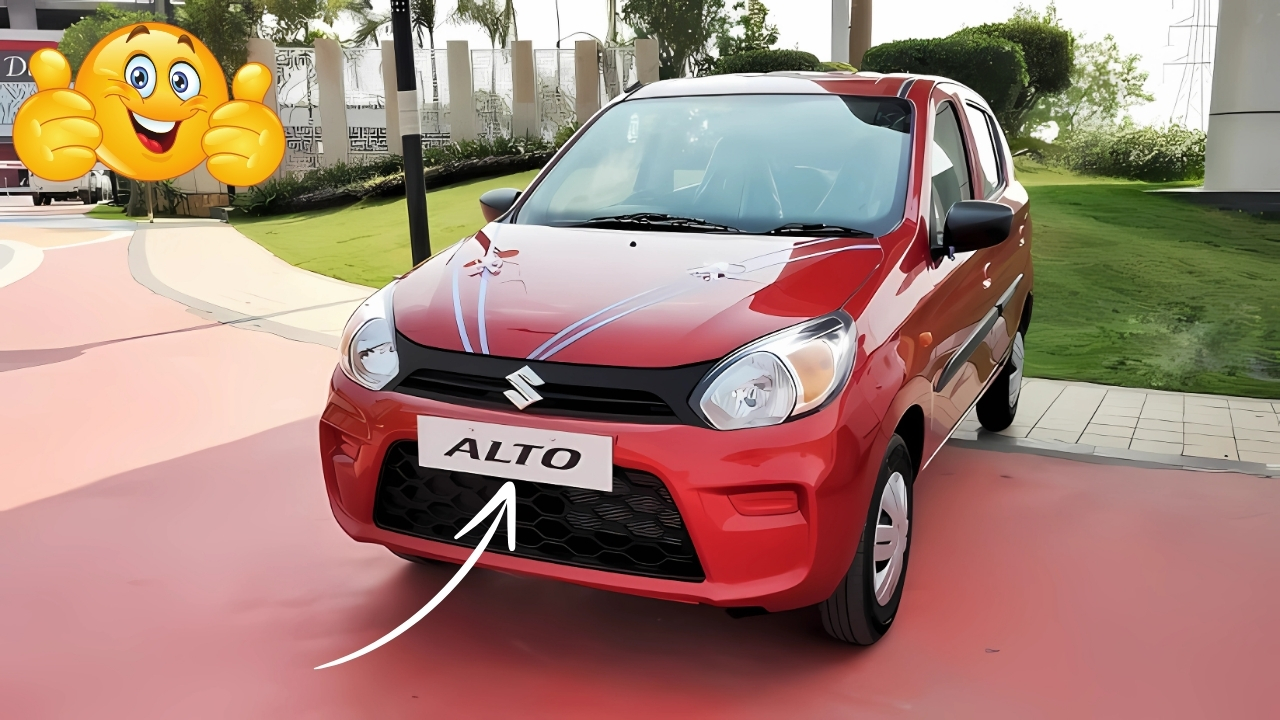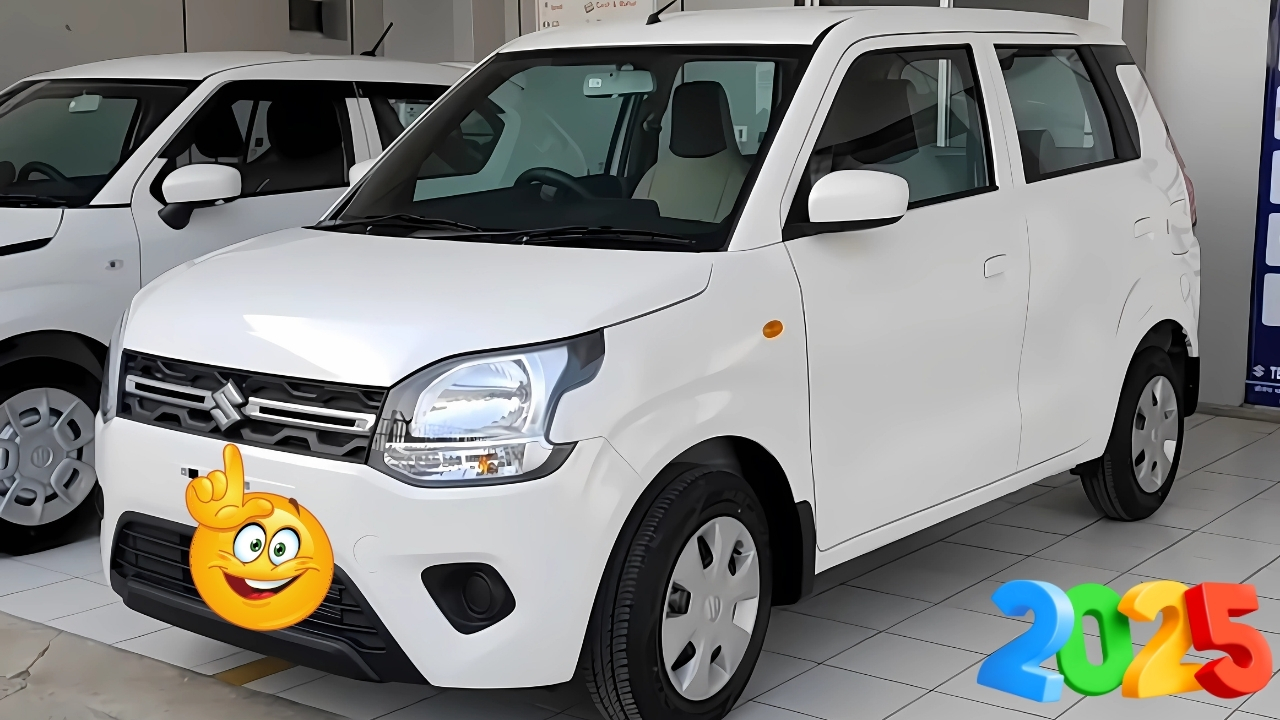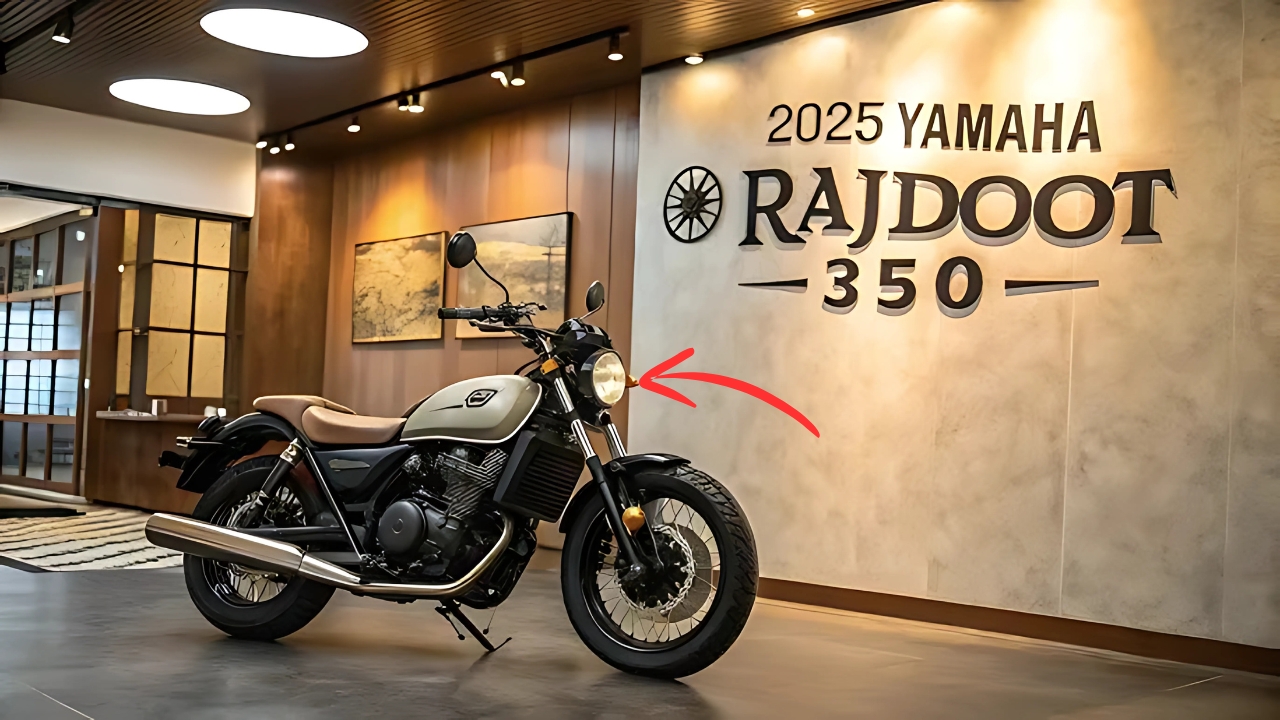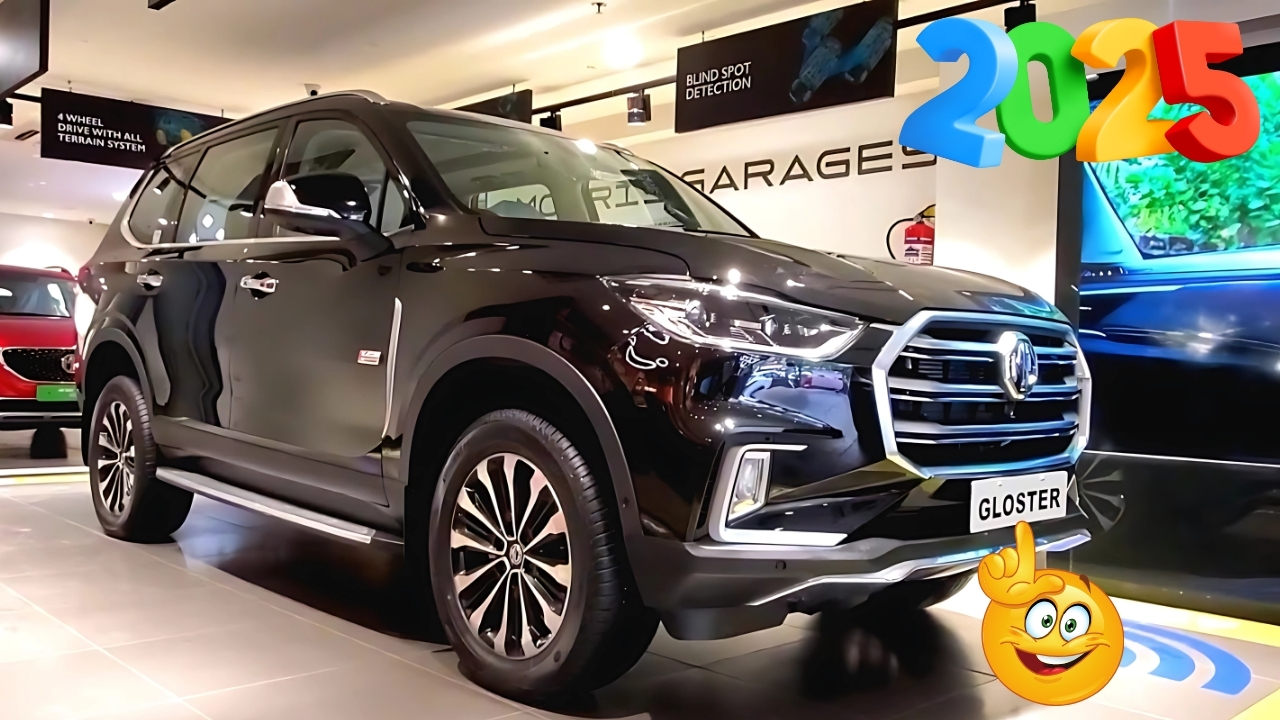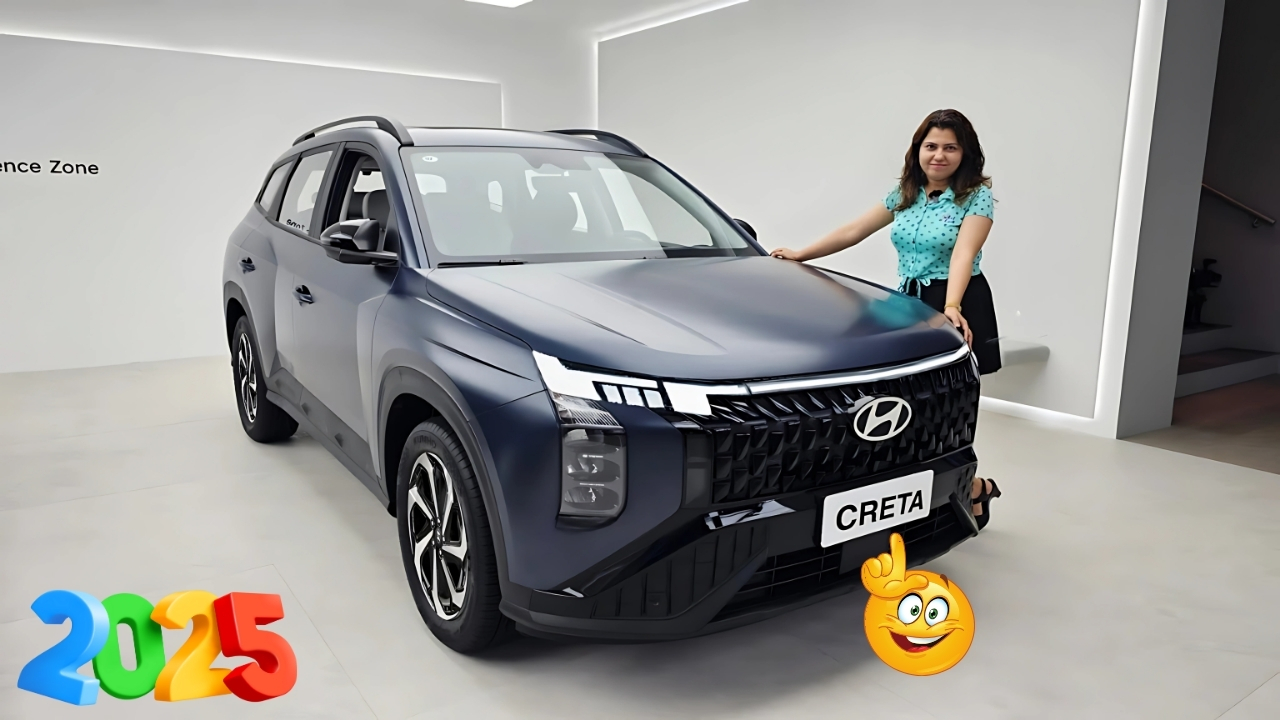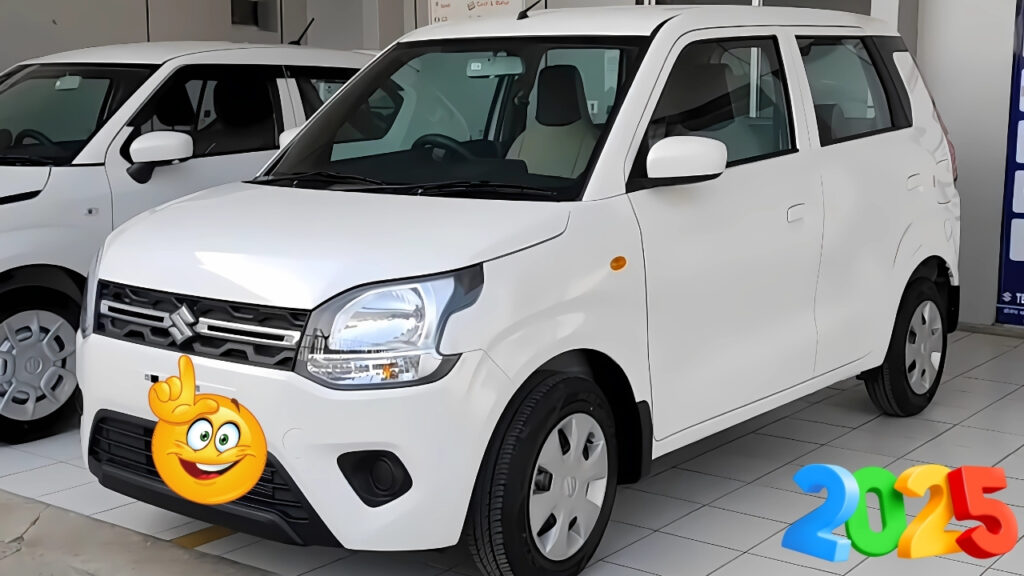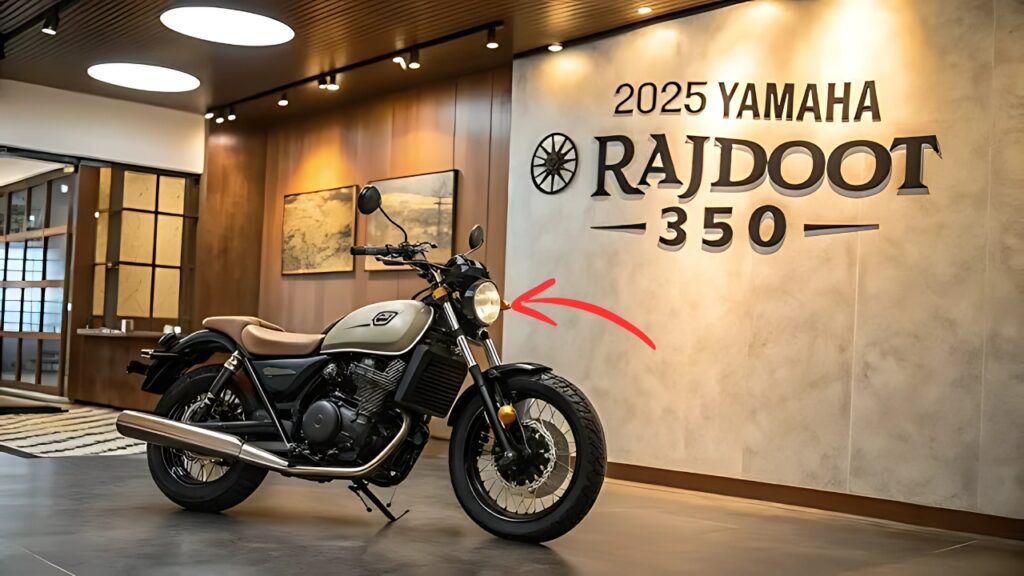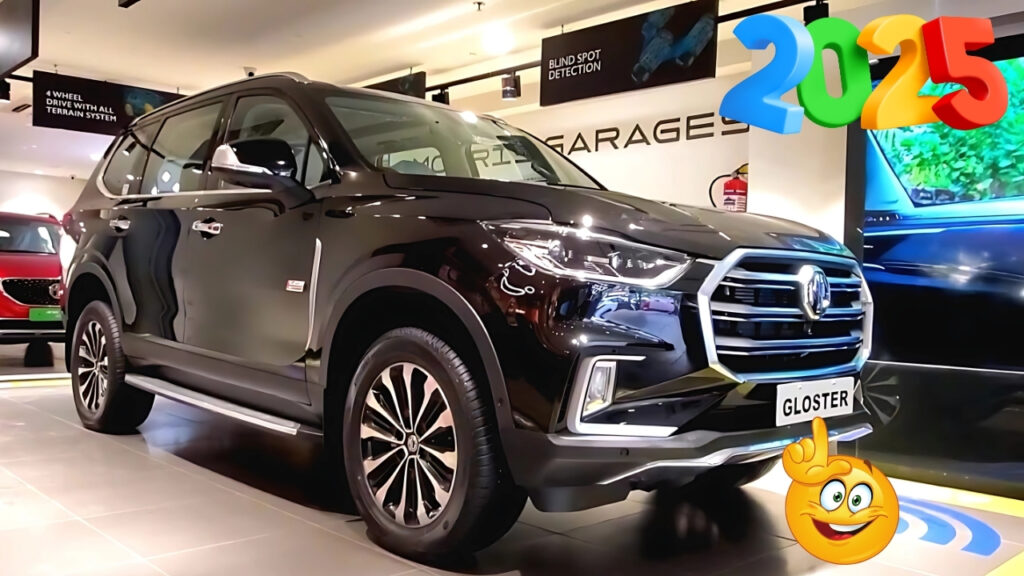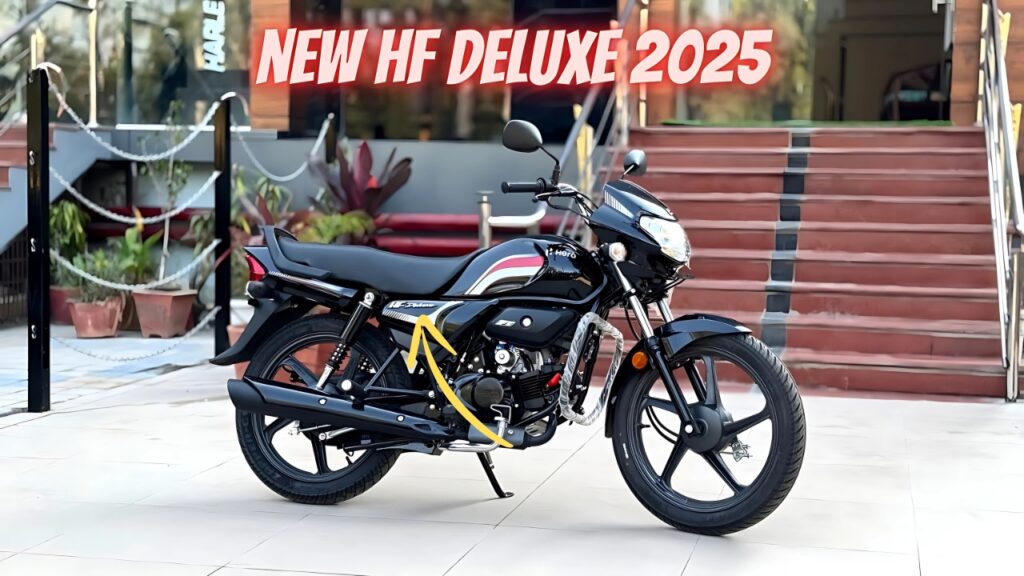Maruti Alto 800: In the complex tapestry of Indian automotive history, few vehicles have achieved the cultural significance and market penetration of the Maruti Suzuki Alto.
Since its introduction as the successor to the iconic 800 in 2000, the Alto has served as the entry point to four-wheeled mobility for millions of Indian families, earning the unofficial title of “people’s car” through its accessibility and practicality.
Now, as the automotive landscape undergoes unprecedented transformation, Maruti Suzuki has unveiled the most comprehensive reinvention of this stalwart model—a 2025 Alto 800 that honors its foundational principles while adapting to contemporary expectations.
Maruti Alto 800: Evolution Through Understanding
The 2025 Alto 800 represents Maruti Suzuki’s nuanced understanding of its core customer base.
Rather than pursuing flashy redesigns or feature escalation that would inevitably increase costs, the company has implemented thoughtful refinements that enhance daily usability without compromising the model’s essential affordability.
“We approached this redesign with tremendous respect for what the Alto means to Indian families,” explains Hisashi Takeuchi, Managing Director of Maruti Suzuki India. “
Our goal wasn’t to transform it into something unrecognizable, but to preserve its accessibility while making meaningful improvements in areas that matter most to our customers.”
This philosophy becomes evident upon first examination of the refreshed model.
The overall silhouette maintains its compact dimensions and practical proportions, with the vehicle measuring 3,495mm in length, 1,515mm in width, and 1,475mm in height—dimensions carefully calibrated to navigate crowded urban environments while maximizing interior space.
A modest 10mm increase in wheelbase to 2,370mm yields improved rear legroom without affecting maneuverability in tight spaces.
Design Language: Purposeful Freshness
While preserving its compact footprint, the 2025 Alto receives a visual refresh that brings it firmly into the contemporary era.
The front fascia adopts elements of Maruti Suzuki’s current design language, featuring a more pronounced hexagonal grille flanked by larger, swept-back headlamps.
These units incorporate LED daytime running lights on higher trim levels, adding a touch of modernity while improving visibility to other road users.
The hood and fenders feature more pronounced sculpting that reduces visual mass while improving aerodynamics.
Along the flanks, a stronger character line runs from the front fenders through the door handles to the taillamps, creating visual interest without resorting to over-styling.
The rear design introduces wider taillamps with distinctive light signatures, connected by a chrome strip on premium variants that adds a touch of sophistication.
Wheel designs receive attention across the range, with the base variant featuring redesigned full wheel covers on 13-inch steel wheels, while higher trims offer 14-inch alloy wheels in a two-tone finish.
Color options expand to include contemporary choices like Splendid Silver, Granite Grey, Fire Red, Cerulean Blue, Arctic White, and the new Earth Brown—a sophisticated option that reflects growing consumer preference for more mature colorways.
Cabin Environment: Perceived Quality Beyond Price
Interior design receives perhaps the most significant attention in the 2025 Alto, addressing a common criticism of entry-level vehicles—that cost-cutting measures become most apparent in cabin materials and execution.
The new model demonstrates that thoughtful design and material selection can create a perception of quality that exceeds price expectations.
The dashboard architecture adopts a more horizontal emphasis with a distinctive twin-cockpit design that visually separates driver and passenger zones.
The upper section employs a textured soft-touch material in dark tones, while the mid-section incorporates body-colored or silver accent panels depending on trim level.
Lower portions utilize durable materials in complementary tones, creating a cohesive environment that avoids the monotonous expanses of hard plastic common in this segment.
Seating comfort improves through redesigned cushioning with better bolstering and revised foam density that provides improved support during longer journeys.
Fabric quality shows noticeable improvement, with textured materials that resist staining while adding tactile interest.
The driver’s seat now features height adjustment on higher trims—a meaningful enhancement for a vehicle likely to accommodate drivers of varying statures.
Perhaps most impressively, Maruti Suzuki has managed to increase both shoulder room and knee room despite maintaining nearly identical exterior dimensions.
This packaging efficiency reflects the company’s expertise in maximizing usable space within compact footprints—a particularly valuable skill in congested urban environments where the Alto predominantly operates.
Technology Integration: Meaningful Essentials
The infotainment system centers around a 7-inch SmartPlay touchscreen on mid and higher variants, offering Bluetooth connectivity, USB input, and smartphone integration through Android Auto and Apple CarPlay.
Physical controls flank the screen for volume adjustment and menu access, acknowledging that touch interfaces can prove problematic while driving.
Voice command functionality allows basic system control, enabling drivers to place calls or change music without removing hands from the steering wheel.
The instrument cluster adopts a semi-digital approach, with an analog speedometer accompanied by a multi-information display that shows fuel level, efficiency data, and trip information.
This configuration balances digital convenience with the quick-glance readability of traditional gauges—a thoughtful compromise for a vehicle focused on practical urban use.
Safety technology expands significantly, reflecting both regulatory requirements and growing consumer awareness.
Dual airbags, ABS with EBD, and rear parking sensors become standard across all variants, while higher trims add features like a rear-view camera, day/night interior mirror, and seatbelt reminders for all positions.
The body structure incorporates Suzuki’s HEARTECT principles, utilizing high-tensile steel at key stress points to improve crash protection while minimizing weight penalties.
Powertrain: Efficiency Without Compromise
The heart of the 2025 Alto remains the proven K10C engine, though with meaningful refinements that improve both efficiency and drivability.
This naturally aspirated three-cylinder unit displaces 998cc and produces 67 horsepower at 6,000 RPM and 90 Nm of torque at 3,500 RPM—modest figures that nonetheless provide adequate motivation for the vehicle’s 755-kilogram kerb weight.
Transmission options include a refined 5-speed manual and an improved automated manual transmission (AMT) branded as AGS (Auto Gear Shift). The AMT receives particular attention, with revised shift logic for smoother operation.
The system now features a creep function that enhances maneuverability in congested conditions, allowing the vehicle to move gradually when the brake pedal is released without requiring accelerator input.
Fuel efficiency remains exceptional, with the manual transmission variant delivering an ARAI-certified 24.90 km/l, while the AMT improves slightly to 25.17 km/l.
These figures position the Alto among the most efficient petrol-powered vehicles available in the market, a crucial consideration as fuel prices continue their upward trajectory.
The 2025 model introduces idle start-stop technology as an option on higher trims, further improving real-world efficiency particularly in urban stop-and-go traffic.
This system, which Maruti Suzuki calls “Idle Start-Stop,” operates with minimal intrusion, restarting the engine quickly and smoothly when the clutch pedal is depressed or brake released.
Ride and Handling: Urban Agility
Suspension geometry receives calibration changes rather than architectural revisions, with retuned spring rates and damper valving that improve ride quality without compromising handling stability.
The front MacPherson strut and rear torsion beam arrangement strikes an effective balance between comfort and control—a particularly important consideration given India’s varied road conditions.
Steering feel benefits from revised electric assistance mapping that reduces artificiality while maintaining light effort at parking speeds.
The system now provides more progressive resistance as speeds increase, improving directional stability during highway travel without sacrificing the low-speed maneuverability crucial for navigating congested urban environments.
NVH (Noise, Vibration, Harshness) characteristics show meaningful improvement through additional sound insulation at key points in the chassis and powertrain.
While still communicative in character—an inevitable consequence of the segment’s cost constraints—the cabin environment permits easier conversation at moderate speeds and reduces fatigue during extended driving periods.
Performance Comparison
| Specification | 2025 Maruti Suzuki Alto 800 | 2020 Maruti Suzuki Alto 800 | Renault Kwid |
|---|---|---|---|
| Engine | 1.0L K10C | 0.8L F8D | 0.8L SCe |
| Maximum Power | 67 HP @ 6,000 RPM | 48 HP @ 6,000 RPM | 54 HP @ 5,500 RPM |
| Maximum Torque | 90 Nm @ 3,500 RPM | 69 Nm @ 3,500 RPM | 72 Nm @ 4,250 RPM |
| Transmission | 5-Speed Manual / AGS AMT | 5-Speed Manual | 5-Speed Manual |
| Fuel Efficiency | 24.90 km/l (MT), 25.17 km/l (AMT) | 22.05 km/l | 22.25 km/l |
| Kerb Weight | 755 kg | 755 kg | 669 kg |
| Ground Clearance | 160 mm | 160 mm | 184 mm |
| Boot Space | 235 liters | 177 liters | 279 liters |
| Infotainment | 7-inch SmartPlay (higher variants) | 2-DIN Audio System | 8-inch Touchscreen |
| Safety Features | Dual Airbags, ABS, EBD, Rear Sensors | Driver Airbag, ABS | Driver Airbag, ABS |
| Price Range (ex-showroom) | ₹3.69 lakh – ₹5.48 lakh | ₹2.94 lakh – ₹4.36 lakh | ₹4.07 lakh – ₹5.45 lakh |
Key Highlights:
-
Refreshed exterior design with more contemporary styling elements
-
Improved interior materials creating premium feel beyond price expectations
-
Enhanced safety with dual airbags and ABS standard across all variants
-
Class-leading fuel efficiency with idle start-stop technology option
-
Refined AGS automated manual transmission for smoother urban driving
-
Expanded boot space increasing practical utility
-
7-inch SmartPlay infotainment with smartphone connectivity
-
Improved NVH characteristics for quieter cabin environment
-
Revised suspension tuning balancing comfort with handling
-
Increased interior space despite maintaining compact exterior dimensions
-
Semi-digital instrument cluster with expanded information display
-
Height-adjustable driver’s seat on higher trims improving ergonomics
-
Enhanced underbody protection for challenging road conditions
-
LED daytime running lights on premium variants
-
Expanded warranty coverage to 2 years/40,000 kilometers
Market Positioning and Ownership Experience
The 2025 Alto 800 occupies a strategic position within Maruti Suzuki’s diverse portfolio, serving as the entry point to the brand’s lineup while offering sufficient features to prevent feeling like a compromise.
With pricing starting at ₹3.69 lakh (ex-showroom) for the base LXi variant and extending to ₹5.48 lakh for the fully-loaded VXi+ AGS, the model maintains accessibility while acknowledging the reality of inflation and enhanced feature content.
Maruti Suzuki has enhanced the ownership experience through several targeted initiatives. Service intervals extend to 10,000 kilometers, reducing maintenance frequency and cost.
The warranty package expands to 2 years/40,000 kilometers as standard, with affordable extended coverage options available. The service network continues its unmatched reach, with over 3,500 touchpoints across India ensuring support even in smaller population centers.
Real-World Performance
The Alto’s mechanical updates translate to meaningful improvements in everyday driving scenarios.
The larger 1.0-liter engine provides noticeably better acceleration from standstill—particularly valuable when fully loaded—while the broader torque band reduces the need for frequent downshifting on inclines.
The AGS transmission’s improved shift logic and creep functionality enhance the ownership experience in congested urban environments, where the Alto spends much of its operational life.
Fuel efficiency remains exceptional, with real-world testing confirming that the claimed ARAI figures are achievable in typical usage conditions.
The idle start-stop system contributes meaningfully to urban efficiency, though its operation proves sufficiently unobtrusive that many drivers may not even notice its activation.
This combination of performance and economy perfectly aligns with the priorities of the Alto’s target demographic, who typically place running costs above outright performance.
Maruti Alto 800
The 2025 Maruti Suzuki Alto 800 demonstrates that meaningful innovation at the entry level needn’t come through specification escalation or radical redesign, but through thoughtful refinement of fundamentals.
By focusing on the aspects that most directly impact daily usability—interior comfort, driving dynamics, efficiency, and practical technology—Maruti Suzuki delivers a vehicle that feels more accomplished than its price point would suggest.
In an automotive landscape increasingly dominated by SUVs and crossovers commanding premium prices, the Alto makes a persuasive case for the humble hatchback as the most rational transportation solution for many Indian families.
Its combination of manageable dimensions, exceptional efficiency, and thoughtful features addresses the actual needs of first-time car buyers without unnecessary complexity or cost.
For the significant portion of Indian car buyers approaching automobile ownership for the first time, the Alto offers an ideal balance of aspiration and accessibility—a vehicle that delivers the essential benefits of personal mobility without imposing financial strain or operational complexity.
Its continued success seems assured not through marketing hyperbole or specification one-upmanship, but through the fundamental soundness of its conception and execution as the true people’s car of contemporary India.
